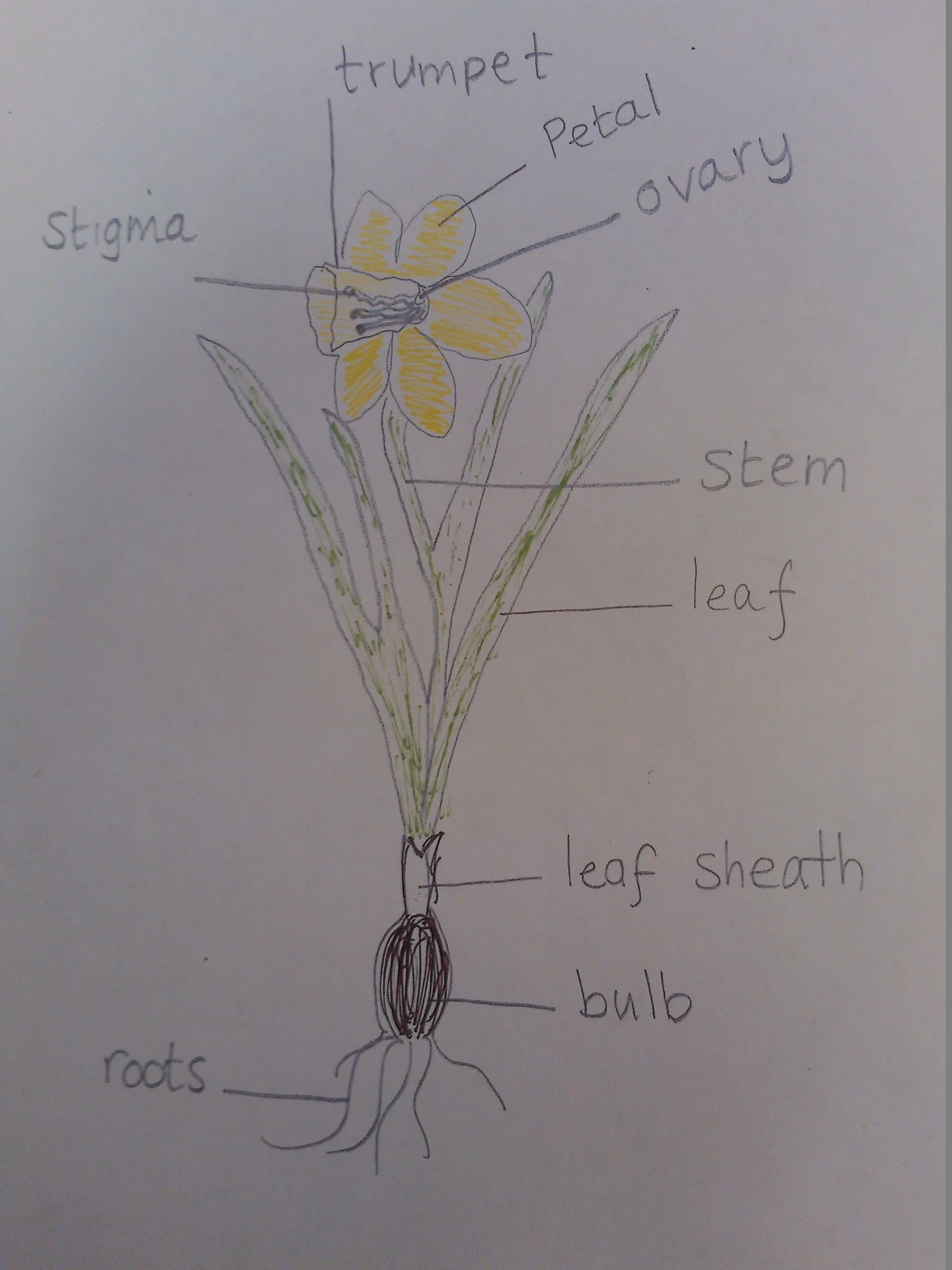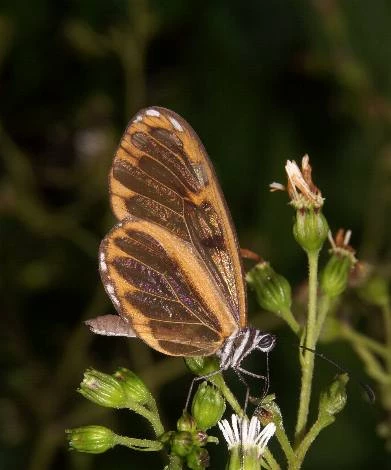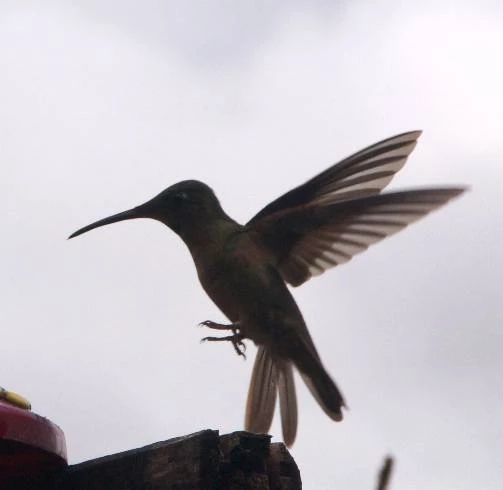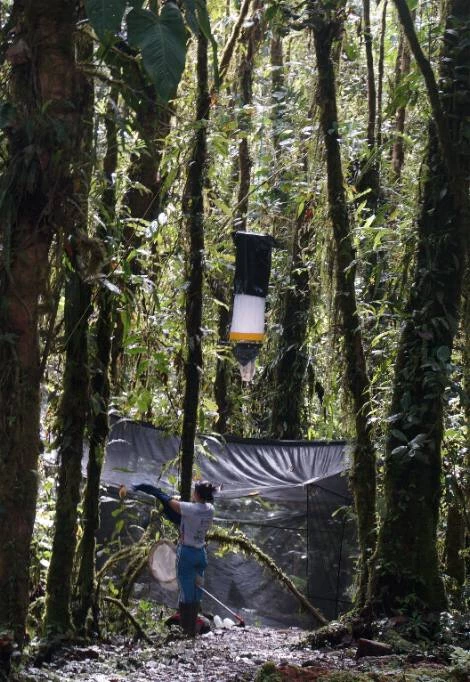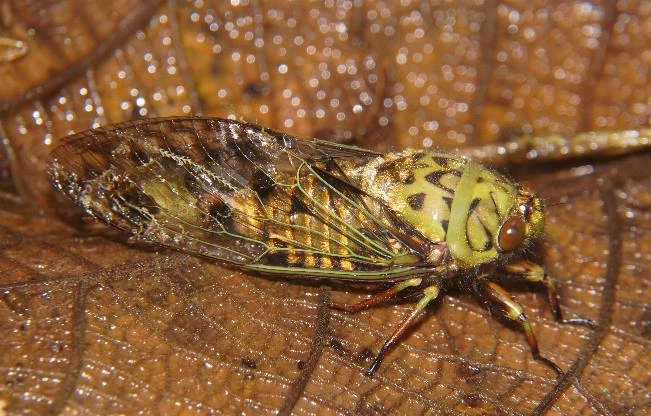Super Scientist Awards 2015
, 1 May 2015
One hundred schools across the UK are to be awarded Super Scientist Certificates on behalf of Amgueddfa Cymru - National Museum Wales in recognition for their contribution to the Spring Bulbs - Climate Change Investigation.
Huge Congratulations to all these schools!
A big ‘thank you’ to every one of the 5,539 pupils who helped this year! Thank you for working so hard planting, observing, measuring and recording - you really are Super Scientists! Each one of you will receive a certificate and Super Scientist pencil, these will be sent to your school by mid-May.
Many thanks to the Edina Trust for funding this project.
Super Scientist Winners 2015
Well done to our three winners for their consistent weather data entries! Each will receive a class trip of fun-packed nature activities.
St. Brigid's School - Wales
The Blessed Sacrament Catholic Primary School - England
Winton Primary School - Scotland
Runner's up:
Betws Primary School
Carnforth North Road Primary School
Corsehill Primary School
St. Laurence Primary School
St. Michael's Primary School
St. Paul's Primary School
Wormit Primary School
Highly commended schools:
Balcurvie Primary School
Carnegie Nursery
Coleg Meirion Dwyfor
Coleg Powys
Eastfield Primary School
Fairlie Primary School
Freuchie Nursery
Gibshill Children's Centre
Greenburn School
Howwood Primary School
Keir Hardie Memorial Primary School
Kilmory Primary School
Maes-y-Coed Primary
SS Philip and James CE Primary School
St. Ignatius Primary School
St. Peter's CE Primary School
Wildmill Youth Club
Ysgol Bro Eirwg
Schools with special recognition:
Bancyfelin
Bickerstaffe CE Primary School
Binnie Street Children's Centre
Brodick Primary School
Carstairs Primary School
Coppull Parish Primary School
Dallas Road Primary School
Dyffryn Banw
Euxton Church of England Primary School
Garstang St. Thomas' CE Primary School
Guardbridge Primary School
Henllys CIW Primary
Kirkton Primary School
Llanharan Primary School
Morningside Primary School
Newport Primary School
Orchard Meadow Primary School
Pittenweem Primary School
Rhws Primary School
Rivington Foundation Primary School
Sacred Heart Primary and Nurseries
Skelmorlie Primary School
Stanford-in-the-Vale CE Primary School
St Athan Primary
St Mellons Church in Wales Primary School
Trellech Primary School
Woodlands Primary School
Ynysddu Primary School
Ysgol Bryn Garth
Ysgol Deganwy
Ysgol Hiraddug
Ysgol Syr John Rhys
Ysgol Clocaenog
Schools to be awarded certificates:
Abbey Primary School
Albert Primary School
Arkholme CE Primary School
Baird Memorial Primary School
Balshaw Lane Community Primary School
Chapelgreen Primary School
Christ Church CP School
Chryston Primary School
Colinsburgh Primary School
Darran Park Primary
Fintry Primary School
Glencoats Primary School
Hafodwenog
Kilmacolm Primary School
Kings Oak Primary School
Llanishen Fach C.P School
Mossend Primary School
Our Lady of Peace Primary School
Preston Grange Primary School
Saint Anthony's Primary School
Silverdale St. John's CE School
St. Nicholas CE Primary School
St. Philip Evans RC Primary School
Swiss Valley CP School
Thorn Primary School
Tongwynlais Primary School
Torbain Nursery School
Townhill Primary School
Ysgol Bryn Coch
Ysgol Glan Conwy
Ysgol Iau Hen Golwyn
Ysgol Nant Y Coed
Ysgol Pencae
Ysgol Rhys Prichard
Ysgol Tal y Bont
Ysgol Treferthyr
Ysgol Y Plas
Glyncollen Primary School
Rougemont Junior School
Thank you for all your hard work Bulb Buddies,
Professor Plant
